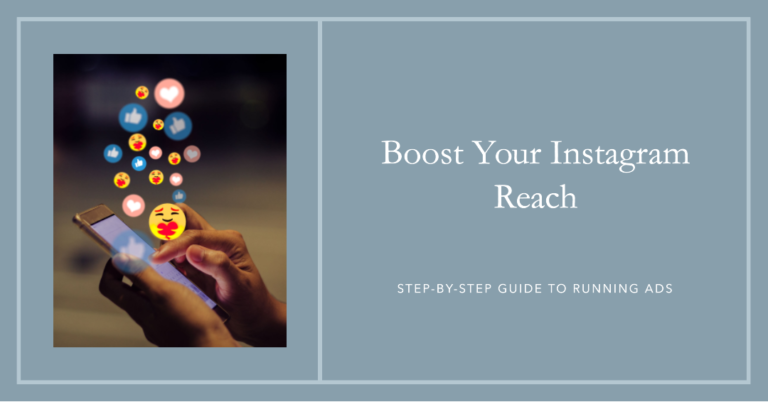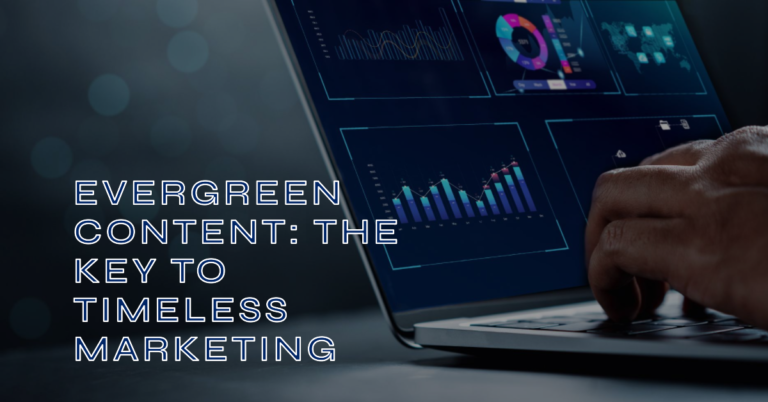In the ever-evolving landscape of digital marketing, programmatic advertising has emerged as a powerful tool to effectively reach your target audience. By automating the ad buying process and utilizing advanced algorithms, programmatic advertising allows advertisers to precisely target specific demographics, interests, and behaviors. In this blog post, we’ll explore how you can leverage programmatic advertising to enhance your reach on two major search engines: Google and Bing.
- Understand Your Audience
Before diving into programmatic advertising, it’s crucial to have a deep understanding of your target audience. Conduct thorough market research, analyze customer data, and create buyer personas. This information will form the foundation for crafting compelling ad campaigns and tailoring them to suit your audience’s preferences.
- Set Clear Goals and KPIs
Clearly define your advertising objectives and establish key performance indicators (KPIs) to measure success. Whether it’s boosting website traffic, increasing conversions, or raising brand awareness, having well-defined goals will guide your programmatic advertising strategy.
- Choose the Right Platform
Google and Bing are two of the most widely used search engines, each offering its unique audience. Here’s how to get started on each platform:
- Google Ads:
- Sign up for a Google Ads account and create your campaign.
- Define your campaign settings, including location targeting, ad schedule, and budget.
- Use Google’s Audience targeting options to reach specific demographics and interests.
- Leverage keyword targeting to display your ads for relevant search queries.
- Bing Ads:
- Set up an account on Microsoft Advertising and create your campaign.
- Choose your campaign settings, such as location and device targeting.
- Utilize Bing’s Custom Audiences to upload your first-party data for enhanced targeting.
- Use the “Bing Native Ads” feature to reach audiences with non-intrusive, native ad formats.
- Select the Right Ad Formats
Both Google and Bing support a range of ad formats, including display ads, native ads, video ads, and more. Opt for formats that complement your brand’s message and resonate with your target audience. Ensure your ad creatives are visually engaging and convey your value proposition clearly.
- Leverage First-Party Data
Utilize your own customer data to enhance your programmatic advertising efforts. First-party data, such as website visitors’ behavior and purchase history, can be invaluable for crafting personalized ads and reaching the right people at the right time. Here’s how to do it:
- Implement tracking pixels on your website to capture user interactions.
- Set up audience lists based on user behavior, such as page visits or cart abandonment.
- Craft custom ads tailored to each audience segment to drive better engagement and conversions.
- Utilize Third-Party Data
Incorporate third-party data from reliable sources to enrich your audience insights. Third-party data provides additional information on user behaviors and preferences, allowing you to target potential customers based on their interests, demographics, and online activities.
- Implement Real-Time Bidding (RTB)
Real-time bidding is a core element of programmatic advertising, enabling advertisers to bid on ad impressions in real-time. This ensures that your ads are displayed to the most relevant audience while optimizing cost-effectiveness. Set optimal bidding strategies and budgets to maximize the return on investment (ROI) for your campaigns.
- Utilize Retargeting
Retargeting is a powerful technique to re-engage with users who have previously interacted with your website or app. By showing personalized ads to these visitors, you can remind them of your products or services, increasing the likelihood of conversion. To set up retargeting:
- Create audience lists for specific website actions, such as product views or sign-ups.
- Craft compelling retargeting ads with strong calls-to-action to entice users to return.
- A/B Testing and Optimization
Constantly test and optimize your ad campaigns to identify what works best for your audience. Conduct A/B tests with different ad creatives, messaging, and targeting options to find the most effective combinations. Regularly review the performance of your campaigns and make data-driven adjustments to improve results.
- Monitor, Analyze, and Refine
Monitor your programmatic advertising campaigns closely, using analytics tools to track KPIs and performance metrics. Analyze the data regularly to gain valuable insights into user behavior and campaign effectiveness. Use this information to refine your strategies continually and make well-informed decisions.
Conclusion
Programmatic advertising offers unparalleled opportunities to reach your target audience effectively on Google and Bing. By understanding your audience, setting clear objectives, and utilizing the right data and ad formats, you can create impactful campaigns that deliver impressive results. Embrace the power of programmatic advertising, and with consistent optimization, your ads will soar in rankings on search engines, driving significant growth for your business.






